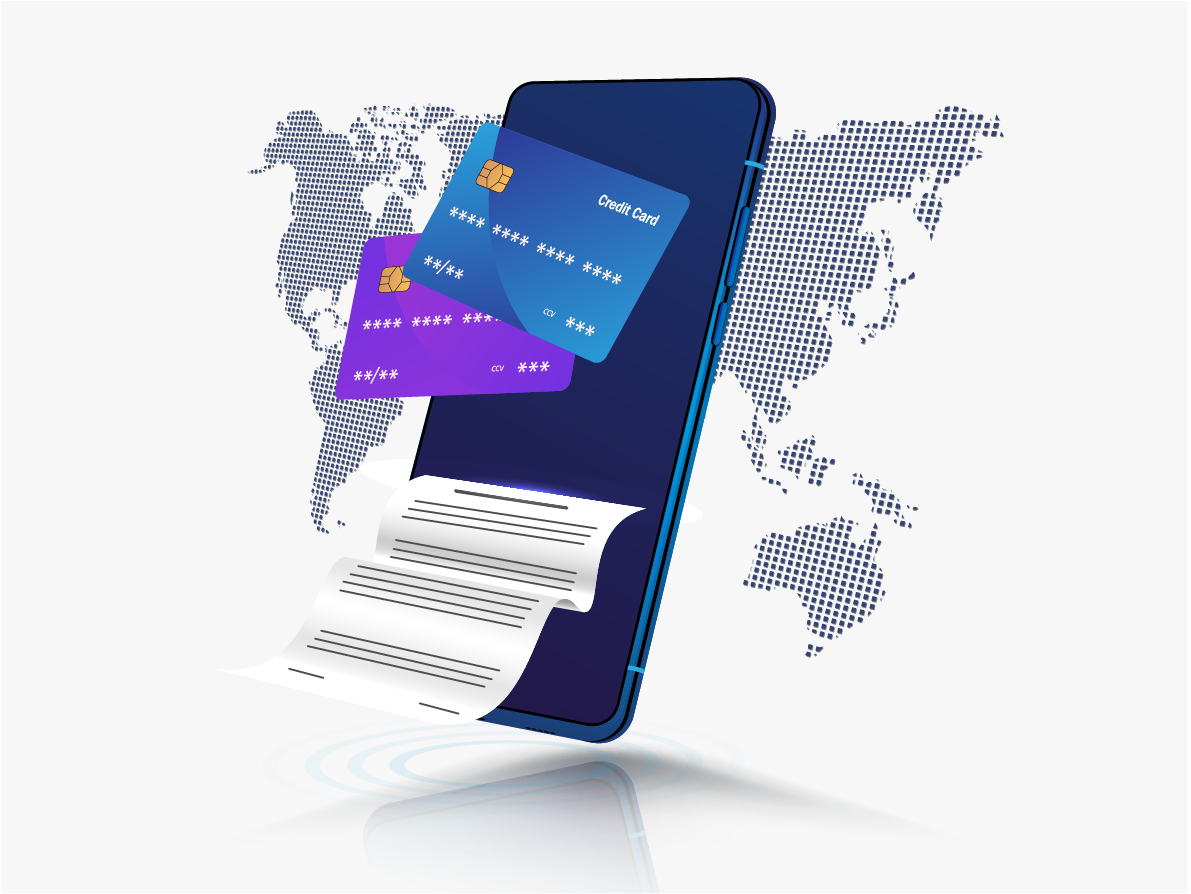
Banks and other financial institutions have been moving their customers onto digital channels for a few decades now. However, it was not until the pandemic struck that the need for convenient and remote banking facilities intensified. Lockdowns and restricted mobility all around the world pushed individuals to engage in digital banking and contactless payments.
Accenture’s Global Banking Consumer Study revealed that consumer interactions with banks through mobile apps or websites increased from 32% in 2018 to 50% in 2020. Contactless payments are also rising, with 51% of Americans using different non-cash payments like tap-to-go credit cards and digital wallets.
Banks currently face the challenge of equipping their systems to adapt to these market disruptions. As people become more inclined to engage with establishments that offer a quick and seamless experience over the internet to achieve their goals, banks need to step up their digital onboarding initiatives.
Digital Onboarding
Digital onboarding is the automated process of introducing new customers into the system and giving them access to the financial establishment’s products, services, and facilities. The process includes the traditional onboarding procedure, but in a fast, simple, and secure way via the internet. Good digital onboarding eliminates tedious tasks such as filling out forms, making over-the-counter payments, and submitting documents.
The digital onboarding process uses the institution’s online platform either developed in-house or outsourced from a digital onboarding platform.. With digital onboarding, customers no longer have to go to the physical bank to open bank accounts or take out a loan. The traditional process – which usually takes days or weeks to complete – can be done within just a few minutes.
Such convenience and time-saving benefits are possible with modern technology and the Electronic Know Your Customer process or eKYC. With the eKYC process, organizations can verify customer identity and develop financial profiles remotely. Banks must comply with KYC regulations to prevent fraud, money laundering, terrorist financing, and other criminal schemes.
KYC in banking entails ID, face, and document verification. Banks capture this data by integrating services and tools such as image recognition, biometrics, and artificial intelligence (AI). During service delivery, these tools also allow banks to secure customers’ access to the banking platform.
The onboarding process is the beginning of the relationship between the bank and the potential client. This step is crucial as it will decide whether the user will complete the process and choose the bank or abandon their attempt and take their business elsewhere.
Challenges in Digital Onboarding
However, banks face various challenges in achieving seamless digital onboarding. Primarily, the institution needs a well-structured process involving affected departments like legal, credit, and operations. But the Financial Brand Digital Report divulged that 47% of organizations still have no formal onboarding process. As digital onboarding emphasizes convenience, banks must do away with the traditional business models and implement less bureaucratic and faster procedures if they want to stay relevant.
Moreover, banks also have to keep up with consumers’ shifting banking habits and increasing e-commerce capabilities. In particular, demand for fully virtual and contactless banking will continue to grow as the population sees its advantages. Financial institutions need to be able to facilitate this need securely, especially with increasing cyber threats.
The primary risks to digital banking include unencrypted data, malware, insecure third-party services, and spoofing. Particularly, fraudsters prey on the poor privacy habits of users. Weak passwords and unsecured networks are the main targets criminals use to acquire login credentials and perpetrate fraud. A trustworthy bank should not only rely on their users to take precautions, but also help authenticate them when accessing their platform.
Lastly, as digital onboarding also focuses on smooth processing, banks must offer all benefits of security and functionality without technical issues or downtimes. Banking platforms must be able to provide uninterrupted service to maintain reliability and trust in their services.
Digital Onboarding Solutions
Banks and other financial institutions can use cutting-edge technology to meet the requirements of digital onboarding. With the level of technology available today, banks can comply with regulatory standards while providing a frictionless digital banking experience.
Financial companies can use AI to better anticipate customer needs. For example, AI bots can provide 24/7 support and answers to general inquiries, which improves customer experience. AI-powered systems can also appraise customer data more accurately, reducing risks and increasing the bank's potential to personalize customer service.
Biometric technology also plays a big role in the digital landscape of banks. As there are higher risks of bad actors signing up as imposters through remote onboarding, banks need a secure way of proving the identities of the individuals signing up. With biometrics, banks can gain such confidence as it measures the person’s unique physical or behavioral characteristics.
Gaining popularity today is the use of biometric passports or driver’s licenses and comparing the ID picture with a fingerprint or face scan. Banks can also set up the customer’s biometric data for identity verification in key banking transactions such as transferring funds or making digital payments.
Biometric digital identity verification eliminates the vulnerabilities of usernames and passwords. This, therefore, protects both the bank and the customer against the risks of phishing, session hijacking, man-in-the-middle, and malware attacks. More importantly, it increases the privacy of customers and lessens the likelihood of fraud.
LoginID – the Biometric Solution for More Secure and Convenient Digital Onboarding
Consumers are presently looking for safe and frictionless interactions with their banks over the internet. Digital onboarding allows banks to achieve this with the help of modern tools and solutions. Along with the digital capabilities financial platforms must achieve, comes the challenges they need to address to provide a complete and satisfactory customer experience.
LoginID can help banks and financial services ensure onboarding security with its strong authentication solution. With LoginID, banks equip their digital platforms with FIDO2-compliant identity verification during onboarding. Financial platforms can also step up their safeguards against cyber threats with biometric authentication during account logins and transaction confirmation with a digital signature. Enjoy higher customer satisfaction and less friction on all banking and service platforms.
Get started by getting in touch with our experts today at sales@loginid.io. Or you may also register an account to get immediate access to LoginID’s authentication solution for free.
References: https://www.digipay.guru/blog/future-of-customer-onboarding-in-banks/https://blog.inboundfintech.com/5-issues-and-challenges-in-the-online-banking-sectorhttps://www.revechat.com/blog/chatbots-for-banking/


